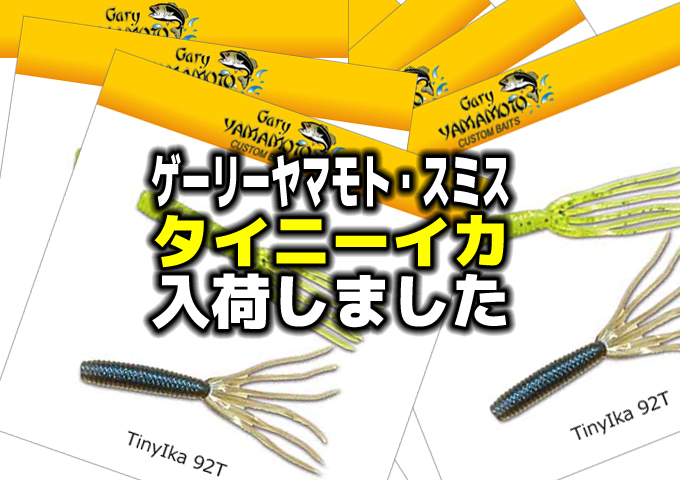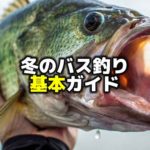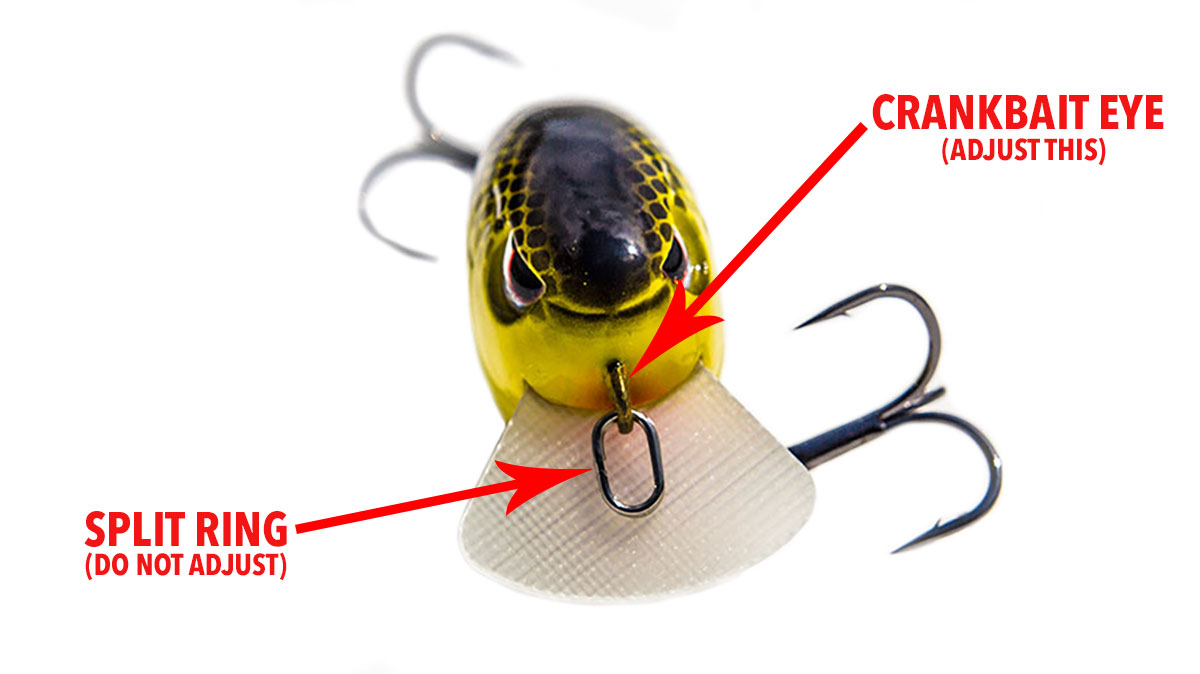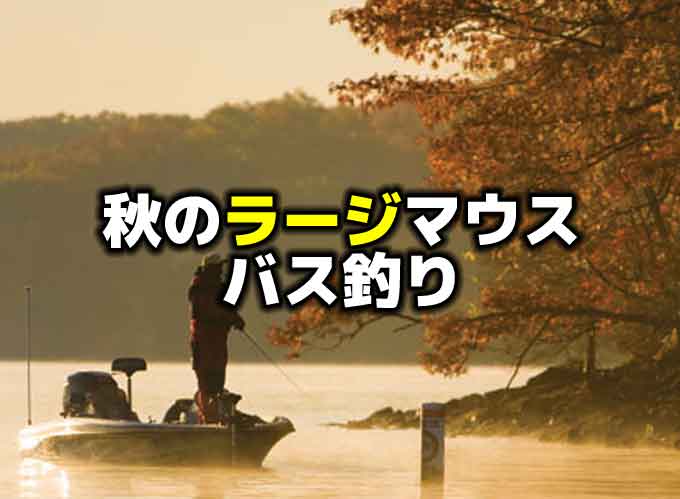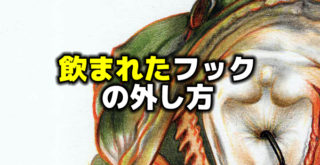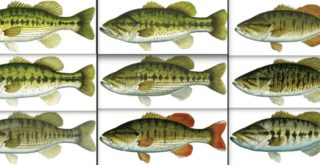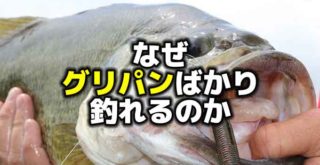春バス:釣れたバスからわかること

Photo by scout.com
こんにちは!店長の小山です!
本日は海外サイトより、”3 Visual Keys to Pattern Spring Bass”という記事を引用してご紹介いたします。
引用先:scout.com”3 Visual Keys to Pattern Spring Bass”by Walker Smith – Mar 5,2018(海外サイトです)
皆さんは、釣ったバスを観察されることはございますでしょうか。
ある程度釣り込まれてきた方であれば、無意識にやっておられる方がほとんどではないかと思います。
例えば、釣れたバスは黒いか、白いか。ヒレはキレイか、ボロボロか。口の中に何かないか、肛門から出ている糞は何色か。口の周りの色はどうか。などなど、釣れたバスから得られる情報というのは色々とあるもので、バス釣りの上手な方というのは、現場の状況から最初の1本へ辿り着き、釣れた魚からの情報で更なる上積みを達成します。
私も初めの頃は、バスが釣れたことが嬉しくて、ただ眺めているだけでした。
しかし釣り続けているうちに、こういう、バスの身体の変化や違いに気が付いてきて、それが答え合わせに繋がり、更なる釣果へとつながることが分かってくるようになります。
いえ、私の場合は、更なる釣果へつなげるには至っていませんで、せいぜいが「こうじゃないかな」という仮説が、釣れたバスの状態から確認できる程度でしょうか。それでも、だいぶ楽しいですけどね!
では皆様、春のバスについて、釣れた魚からわかることとは、具体的になにがあるのかご存知でしょうか。
この記事は、アメリカのフィッシングメディア「WIRED2FISH」の記者、ウォーカー・スミス氏が、春に釣れたバスからわかることに絞って、3つの事柄を共有してくれました。
春と言えばスポーニングです。ここでは釣った魚からスポーニングの各段階を見極め、よりコンディションのいい魚で更なる釣果につなげられるような記事になっています。
釣ったバスを見る癖がついている方も、そうでない方も、ぜひ読んでみて下さい。
1:色はぼんやりしていないか
You can learn a lot about the current stage of the bass by taking a quick look at their coloration. I’ve made it a habit to survey and mentally note their color before releasing them back into the water.
Ideally, you’re looking for pale, almost pink-colored bass. This coloration is indicative of the bass recently moving into the shallows which means there are more on the way. In most scenarios, you can continue fishing the same type of areas and expect them to replenish with “fresh” bass for the next several weeks while they continue migrating to shallower water.
These bleached-out bass have been recently spending their time in deeper water throughout the winter months. In this part of the water column, the sunlight doesn’t penetrate enough to give the bass that trademark green color. When I’m guiding other anglers, I often compare this to humans: We have to be in the sunlight to get a suntan. If we’ve been in the dark for the past few months, we’d be pale, too.
You’ll notice that these pale fish are also the ones that tend to bite the hardest. I’m sure there are different theories on this, but mine is simple: I think they’re dumb as a bag of rocks when they’re fresh. They haven’t seen many lures for several months, their metabolism is ramping back up and they rarely hesitate to choke down a well-placed lure.
On the other hand, if you’ve been pounding traditional prespawn staging areas (transition banks, primary points, secondary points, etc.) and you’re beginning to notice a darker, more greenish hue to the bass, you’re probably closing in on the tail-end of the bite. Whenever I notice this change in color, I know it’s time to start searching a bit shallower towards south-facing spawning pockets. They’re on the move and this darker coloration can be your biggest clue to adapt.
Bottom line: Catch ‘em while you can. If you’re catching pale fish, you’re on ‘em and can expect those bass to hang around for a while. If they’re dark, you might want to start plotting your next move because you may be a step behind.
バスの色をパッと見ただけで、現在の段階について多くのことを学ぶことができます。私はバスをリリースする前に、色をよく見て覚えておくことを習慣にしました。
理想的には、青白く薄いピンク色がかったバスを探しています。この色彩は、最近になってシャローに指してきたバスということを示しています。これは上がってくる途中にさらに多くのバスがいることを意味します。ほとんどの状況で、同じタイプのエリアを釣り続けることができ、今後数週間は「スレていない」バスがシャローエリアへ移動し補充され続けます。
これらの白いバスは冬の間つまり最近まで、ディープエリアでの時間を過ごしていました。水中の深くまでは、日光はそのトレードマークである緑色をバスに与えるほど十分に届きません。私が他のアングラーとのガイドに出ている時、このことを人間によく例えています。私たちは日焼けをするためには太陽の下にいなければなりません。数ヶ月間も暗闇の中にいると、顔色も悪くなってしまうものでしょう、とね。
これら色の淡い魚はまた、最もよくバイトしてくる傾向があるものです。これについては賛否あると思いますが、私は単純です:私はバスがスレていないときにはカラフルなグミでも食べてしまうほど愚かだと思います。彼らは数ヶ月にわたり多くのルアーを見たことがなく、バスは代謝が遅い時はうまくルアーを目の前まで持っていかないとバイトには至りません。
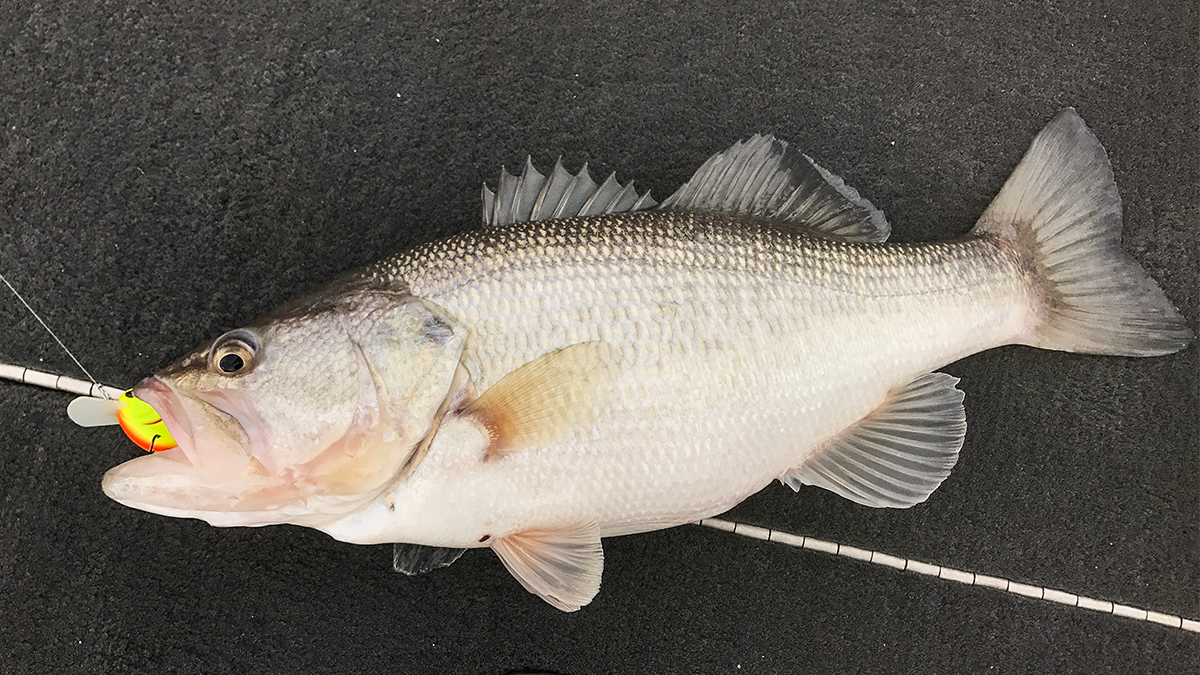
Photo by scout.com
一方、一般的なプリスポーン段階のエリア(地質の変化、メインの岬、サブの岬など)を釣っていて、バスがより緑がかった色合いになっていると気づいたとしたら、おそらくこのあたりでバイトがあるとしても最終段階が迫っていることでしょう。この色の変化に気付いたら、南向きのスポーニングエリアに向かってややシャローへサーチを開始する時が来たと考えます。彼らのスポーニングは進行中であり、この暗い色合いは、それに適応するための最大の手掛かりになることがあります。
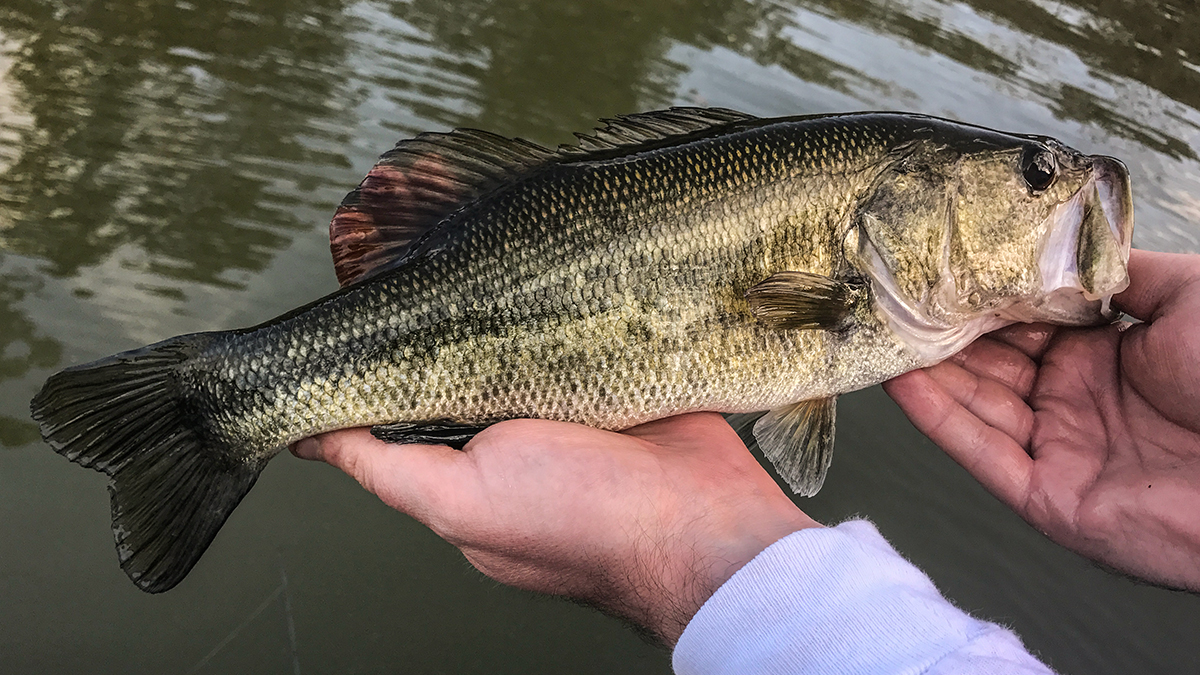
Photo by scout.com
まとめ:釣れるだけ釣ってください。薄い色のバスを釣った場合は、まだしばらくの間、バスはそのあたりにいると期待することができます。バスの色が暗い場合は、一歩進んだ状態かもしれないので、次の動きを追いかけたほうがいいかもしれません。
2:体型を観察する
Once you take mental note of a bass’ coloration, it’s a good idea to quickly inspect their body shape as well. While most of your pale-colored bass will be stocky and the females will likely be full of eggs, you can’t always rely on that theory—especially when you’re fishing muddy water. A heavy stain restricts light penetration, which can make bass remain pale even if they’ve been shallow for a few weeks.
If a bass is fat—even the smaller males—this often means that they’re fresh fish who have just moved to the shallows. They’re usually still in prespawn mode. With the spawn approaching, males have a strenuous job ahead of them and their instincts are screaming at them to feed their bodies in preparation, so their bloated bellies often lead anglers to mistake them for egg-filled females.
Whenever you start catching bass that are particularly skinny and the water temperatures are above the mid 60s, it’s time to start plotting your next move again. This poor physical condition, often partnered with visual sores on their sides, is a telltale sign that they have already spawned and are in full post-spawn mode. These big females may have a big head but their bodies look like a wind sock. This is when you’ll fish areas similar to your prespawn hotspots, with a special emphasis on bluegill beds and early morning shad spawns.
Bottom line: In an ideal situation, you’re catching pale, big-bellied bass. This means they’ve just come into the prespawn stage and are ready to bite. When the wind socks start showing up, it’s time to slow down your approach and rething your strategy.
バスの色のことを知ったら、次は体形を素早く調べることをお勧めします。この時期、腹パンパンの青白い色のバスを釣ると卵でいっぱいのメスに見えるかもしれませんが、特にマッディーウォーターで釣っている場合は、その理論が常に当てはまるとは限りません。強い濁りは光の透過を制限してしまい、シャローにバスが上がって数週間経ったとしても、まだ青白いままの場合があります。
バスが太っていたとしても、これは得てしてバスがシャローへ移動したばかりのフレッシュな魚で(小型のオスですら)あることを意味します。彼らはまだプリスポーンモードです。産卵が近づくにつれて、オスはメスより先に激しい仕事があり、彼らは本能にしたがって殺気立ったまま体力を蓄えているので、その膨らんだ腹は、釣り人に卵を詰めたメスのように間違えられてしまいます。
水温が18℃台で、痩せているようなバスが釣れ始めているようであれば、さらに次の行動を追ってみましょう。この悪い体型、側線付近に傷があるような状態は、既に産卵しており、完全にアフタースポーンの状態です。これらの大きなメスは頭こそ大きいかもしれませんが、体は鯉のぼりのように見えます。こんなときは、ブルーギルのベッドや早朝にシャッドのスポーンがあるようなエリアを特に意識しつつ、プリスポーンのエリアと似たエリアを釣るときです。
まとめ:理想的な状況というのは、色が薄くて大きな腹をしたバスが釣れるということです。これは、バスがプリスポーン時期に入っており、バイトが多いことを意味します。鯉のぼりバスが釣れ始めたら、アプローチをスローダウンし、戦略を考え直す時です。
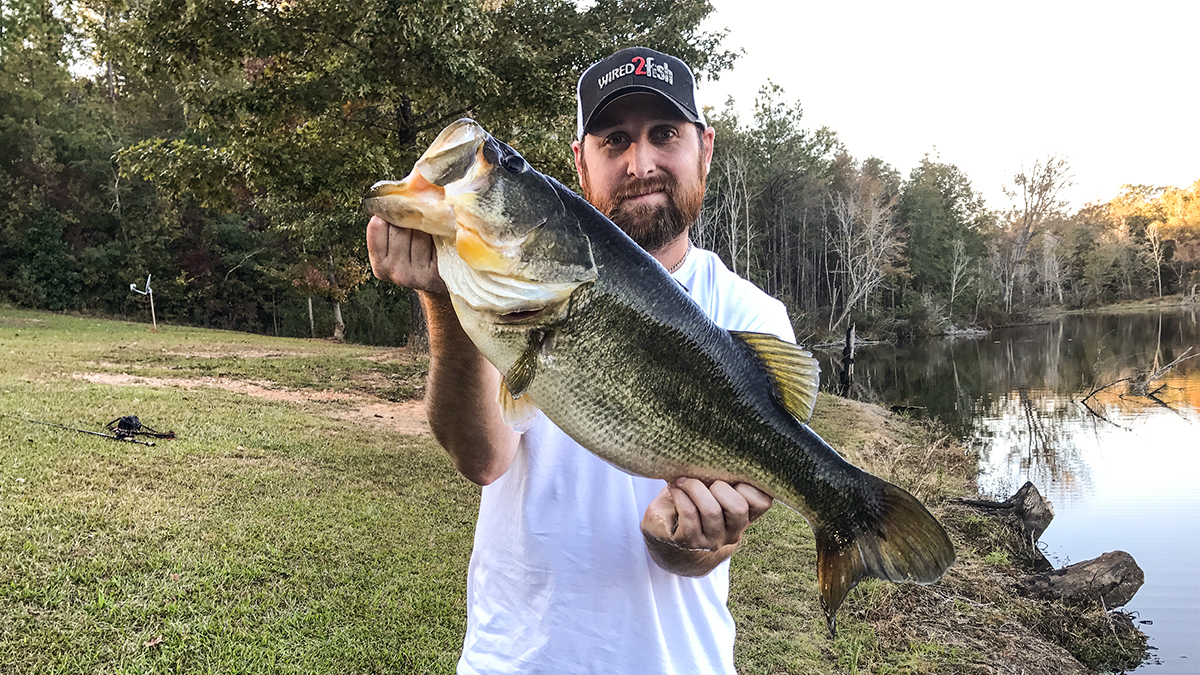
Photo by scout.com
3:尾びれはどうなっているか
As the prespawn bite begins to wind down and you start venturing into shallow pockets, you’ll start catching a lot more shallow bass on traditional Texas rigs and other bottom-contact, soft-plastic presentations. When this bite is happening, it’s absolutely imperative to look at the tail of each bass you catch. This can clue you into a major pattern that can be easily duplicated throughout much of your lake.
If the bottom of a bass’ tail is shredded or misshapen and its belly is still prominent, there’s a great chance it was on a bed or about to be on a bed. When I notice this, it tells me one thing: I’m doing the right thing and I need to stick with the shallow-water bite towards those aforementioned spawning pockets.
If you catch a bass with a jacked-up tail and its body looks like the wind sock we discussed, it’s probably done spawning and in the post-spawn period. You’ll start having more luck with topwater lures and slow-sinking soft plastics.
Finally, if your bass have clean tails and fat bellies, they’re usually still in the prespawn mode and are slowly making their way to the backs of flat and shallow spawning pockets. This is when crankbaits, jerkbaits and jigs should be rigged on your favorite rods.
Bottom line: Clean tails mean that you’re probably dealing with prespawners and if these same bass have a pale color to them, you’re in business—they’re coming to you. When the tails begin to show bloody sores, you’re dealing with post-spawners and your approach should become a bit more methodical and cerebral.
While there are no absolutes in bass fishing, I’m a big believer in these three visual cues. More times than not, they’re going to point you in the right direction. If you can catch ‘em while they’re fresh and move with them throughout the next few month or so, you’ll have a great chance of maximizing each phase of the spawning period.
プリスポーンのバイトが減り始め、浅いワンドの方へ入ったら、テキサスリグやその他のボトム系のワームでのプレゼンテーションで、よりシャローのバスを捕まえることができます。ここでバイトがあったら、釣ったバスの尾びれを見ることは絶対に不可欠です。これは、湖じゅうで簡単に当てはめることができるメインパターンであることを得ることができます。
バスの尾の下側がすり減っているか、奇形かのようにその腹がまだ膨らんでいる場合は、ベッドに乗っているか、またはベッドに近づいている可能性が高いです。これに気付いたとき、それは私に一つのことを教えてくれます:ひとまずこれで正解、こういったスポーニングエリアに向入ってシャローでのバイトを追いかける必要があるということです。
釣ったバスの尾びれが削れ、さきほどの鯉のぼりバスのように見える場合は、産卵はすでに行われ、アフタースポーンの時期に入っている可能性があります。その場合は、トップウォータールアーやスローシンキングワームでより多くの幸運が訪れるでしょう。
最後に、バスがきれいな尾ビレと太い腹を持っている場合、彼らは通常、まだプリスポーンモードにあり、シャローフラットのスポーニングエリアの奥へゆっくりと進んでいます。この場合は、クランクベイト、ジャークベイト、ジグをあなたの好きなロッドで投げるべきときです。
まとめ:きれいな尾びれと青白い色は、おそらくプリスポーンバスであることを意味し、これからまだまだやってくるということです。尾びれに血のついた傷跡が見え始めると、アフタースポーンということになり、アプローチは少し考え直さなければならないということになるはずです。
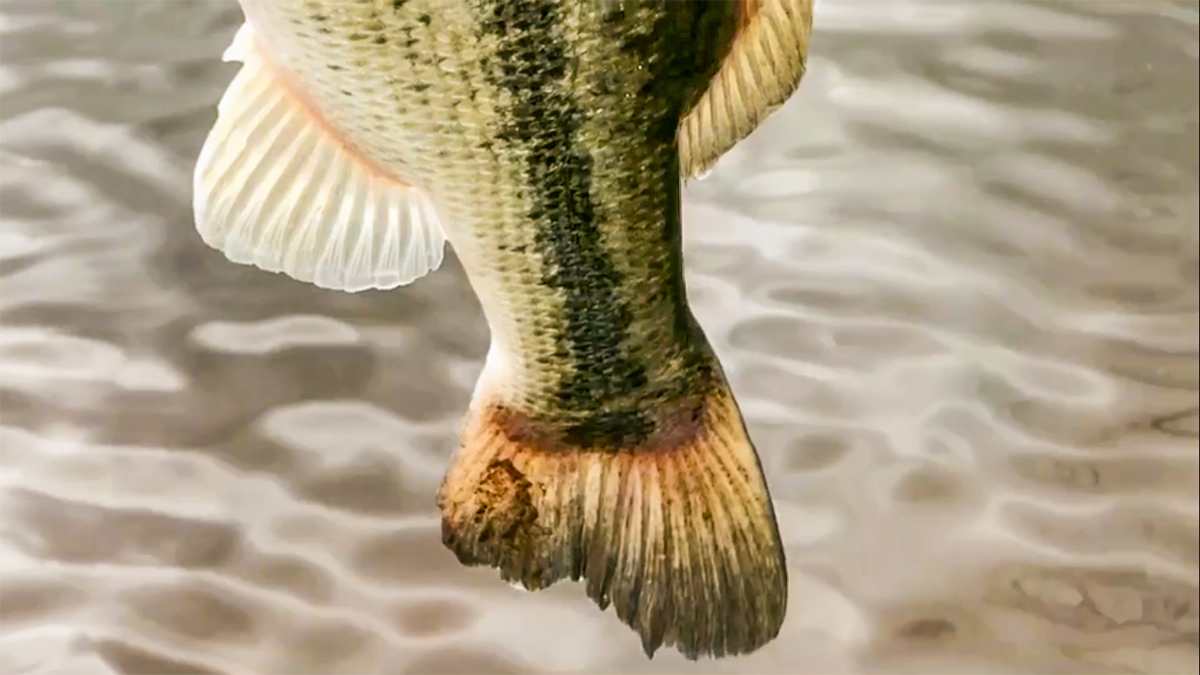
Photo by scout.com
バス釣りには絶対的ということはありませんが、私はこれらの3つの視覚的な手がかりを大いに信じています。これによって正しく段階を踏むことができるでしょう。バスがスレていないフレッシュな間に釣って、そこからの数か月を彼らと一緒に移動することができれば、スポーニングシーズンの各段階のチャンスを最大限にすることができるでしょう。
いかがでしたか。
これを読んで私なんかがきっと間違いをしているなと思ったことがありまして、それは、スポーニングシーズンに太ったバスを釣ったらメスだと思い込んでしまうところです。
これを間違えてしまうとすべてが食い違って行ってしまうということですよね。
やはりこの時期、大きなメスが手の届くところまで来ている時期ですから、できれば大きいのを釣りたいと思います。ですので、勘違いや思い込みはいけません…。まあ、大きければオスでも全然いいんですけども…(笑)
スモールの場合、ラージほどプリ・アフターの魚の見分けがつきやすくはないと思います。ラージほどガリッガリになっている魚を釣ることが少なく、特に大型の魚ほどガリガリになりづらいような気がします。アフターの時期でも、尾びれの下側が削れてなくなっているようなバスはあまり見ないような気がします。身体に傷のある魚は多くなりますが。
おそらくスポーニング中でも食べているということと、それにより回復も早いという特徴があるのだと思いますが、おかげで必ずしもネストを狙わなくても非常に楽しめるところがまたひとつスモールのいいところかと思います。
またこの記事は、スポーニングベッド(ネスト)を叩けというものではありません。
ベッドに乗るというのは、オスが作ったネストにペアリングする、産卵直前までの状態を指していると思われ、決してネストを守るオスを釣るための記事ではなく、スポーニングの各段階で、一番状態のいい魚を追うためのガイドだということをご理解いただければと思います。
さて私としても、釣ったバスからの情報でひとつ先いく戦略が組み立てられるようになるよう、頑張っていこうと思います。
それでは、また。
毎度ありがとうございます!





